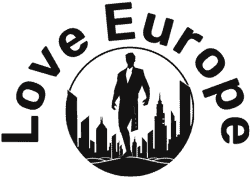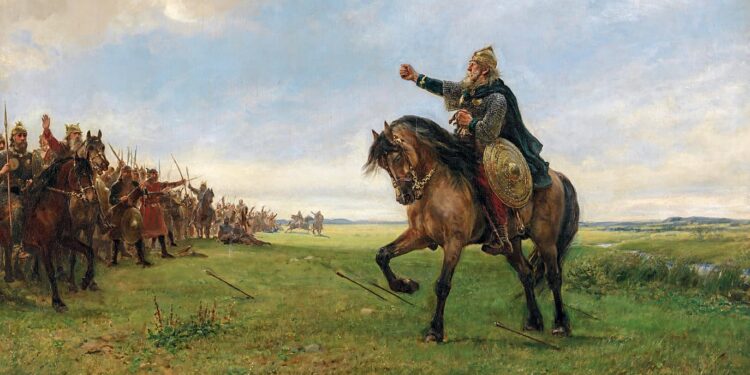This examine additionally highlights that the inhabitants of the Hunnic Empire in Europe was genetically heterogeneous and that the “japanese” burials from the fifth century in Central Europe replicate each cultural and genetic variety.
One of the vital revealing points of the analysis is the comparability between the arrival of the Huns and that of the Avars two centuries later. Walter Pohl, co-author of the examine and a member of the Austrian Academy of Sciences, notes that the Avars arrived instantly in Europe after the destruction of their empire in East Asia by the Turks, and plenty of of their descendants retained vital East Asian ancestry till the late eighth century. In distinction, the ancestors of Attila’s Huns took a number of generations to maneuver westward and combined with numerous populations throughout Eurasia.
These discoveries present new insights into how previous societies within the Carpathian Basin tailored and reworked in response to the arrival of latest teams. Zuzana Hofmanová, co-author of the examine and a member of the Max Planck Institute for Evolutionary Anthropology, explains that though the Huns drastically reworked the political panorama, their genetic impression, outdoors of sure elite burials, was restricted. Total, the inhabitants continued native traditions and predominantly retained a European origin, with sure steppe influences built-in.
Lastly, Johannes Krause, director of the Division of Archaeogenetics on the Max Planck Institute, emphasizes that this examine demonstrates how cutting-edge genetic analysis, mixed with rigorous archaeological and historic evaluation, can resolve long-standing debates in regards to the composition and origin of historical populations. Whereas many questions stay, this work offers strong proof of the direct hyperlinks between the Huns in Europe, the steppes, and the Xiongnu Empire, increasing our understanding of the dynamic networks that related Eurasia in Antiquity.
Uncover extra from LBV Journal English Version
Subscribe to get the most recent posts despatched to your electronic mail.
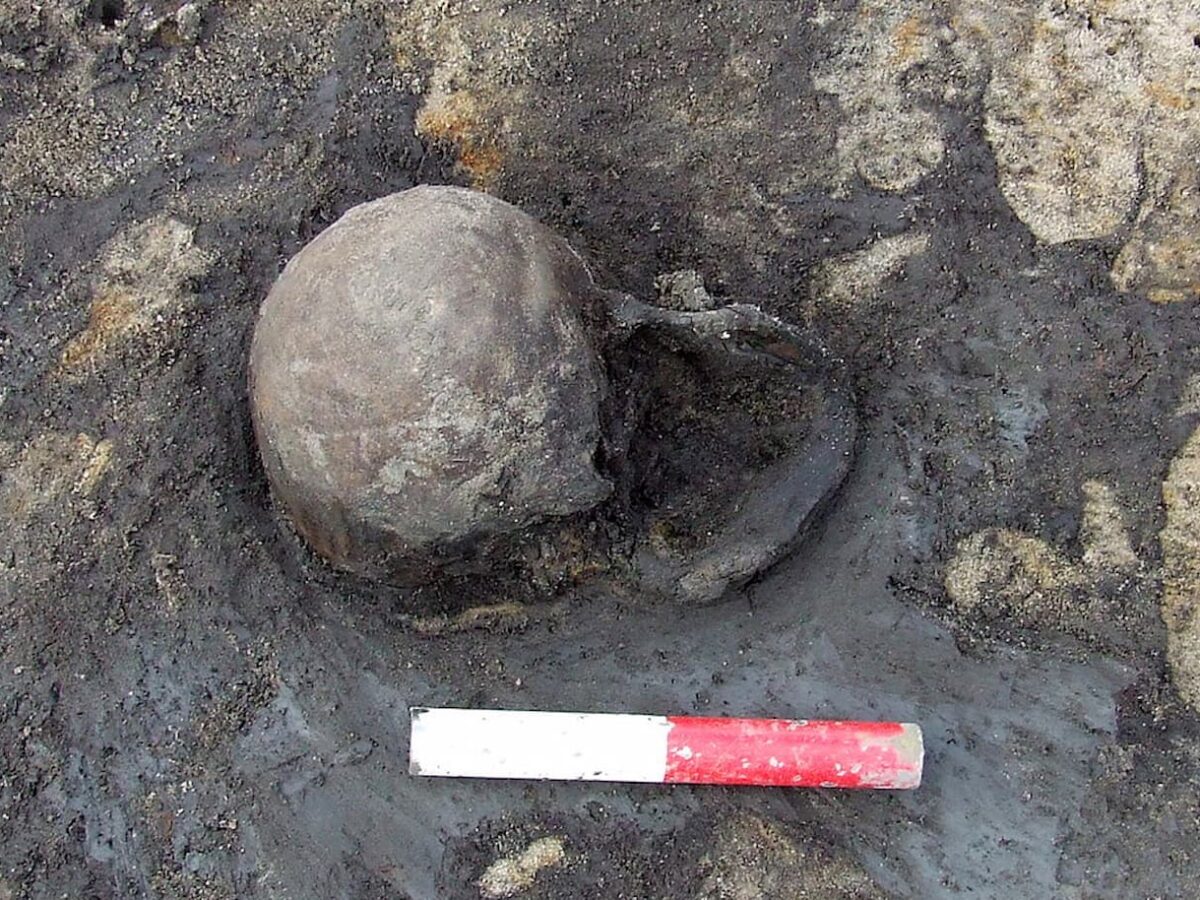
In 2008, throughout an archaeological excavation on the grounds the place a brand new campus for the College of York was to be constructed, an sudden discovery astonished the scientific group. A…
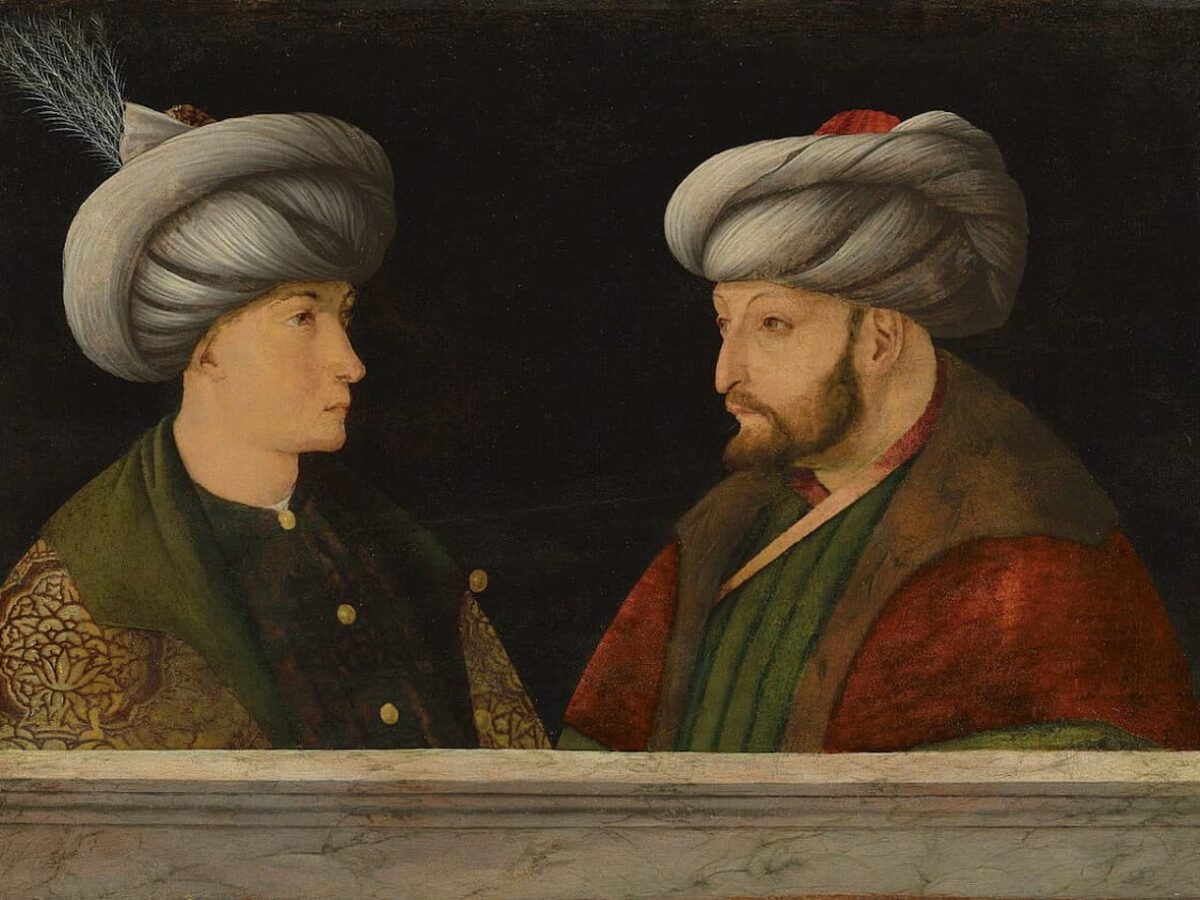
No doubt, probably the most well-known prince of Wallachia was Vlad III, popularly generally known as Țepeș (“the Impaler”) or Drăculea (a diminutive of Dracul, “Dragon,” the nickname of his father,…
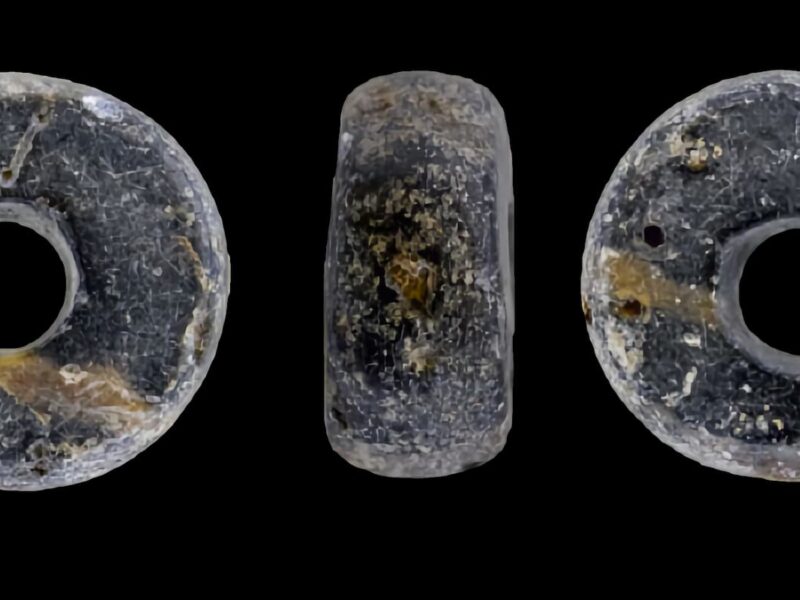
Archaeological analysis carried out on the La Peña del Castro web site, positioned within the municipality of La Ercina, within the province of León (Spain), has revealed a discovery of nice…
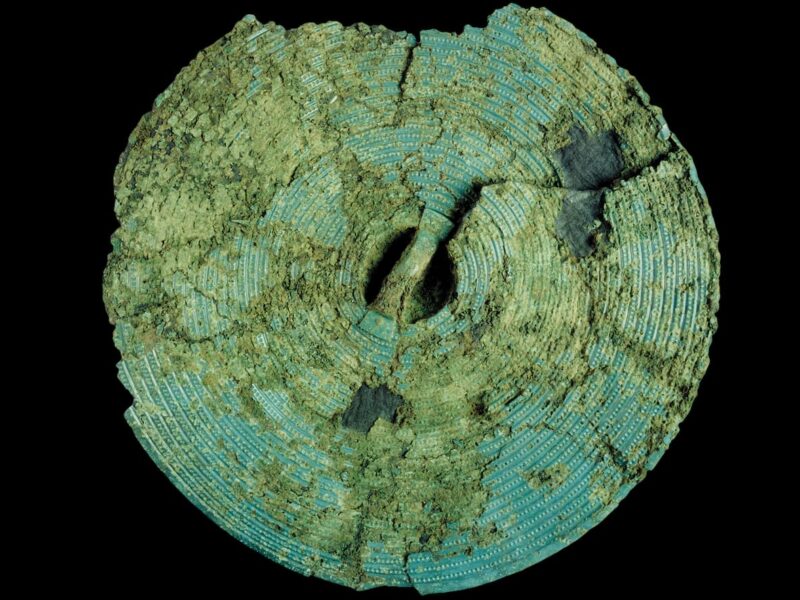
In southern Nice Britain, archaeologists have found an intriguing phenomenon: metallic objects from the Bronze Age present in rather more latest contexts throughout the similar period. These artifacts, generally known as…
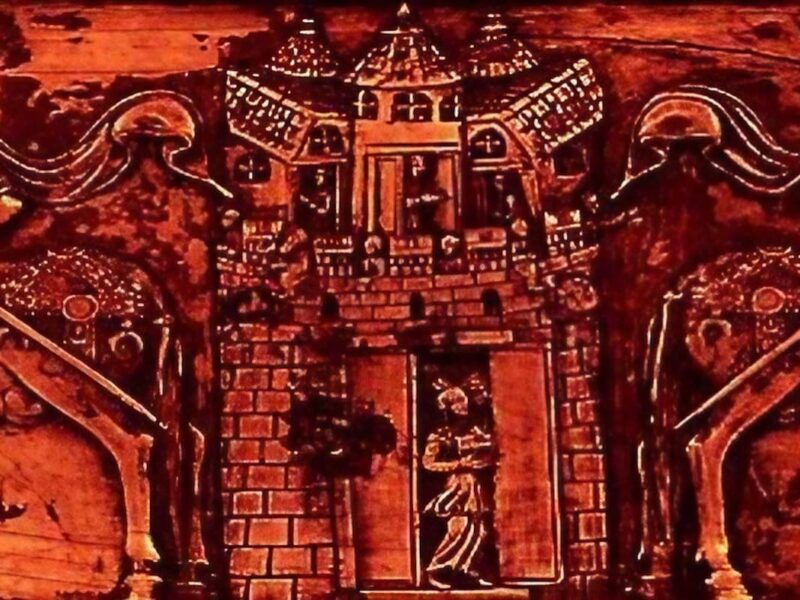
Within the article devoted to the Mardaites, the Christian highlanders who maintained their autonomy between Byzantium and the Caliphate, we talked about the Akritai (or Akritoi), a gaggle of sunshine infantry…
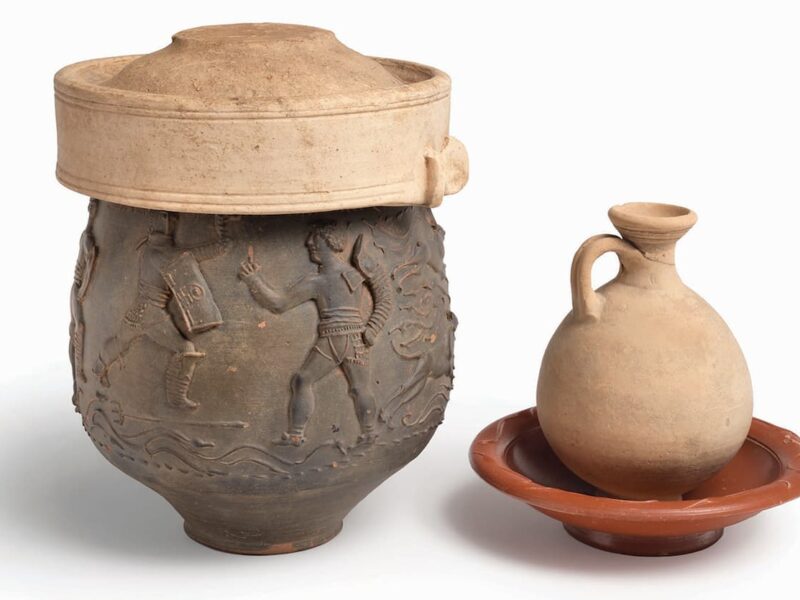
A Nineteenth-century archaeological discovery, the so-called Colchester Vase, has just lately undergone a re-evaluation that would change perceptions about gladiatorial spectacles within the Roman province of Britannia. This object, a ceramic…
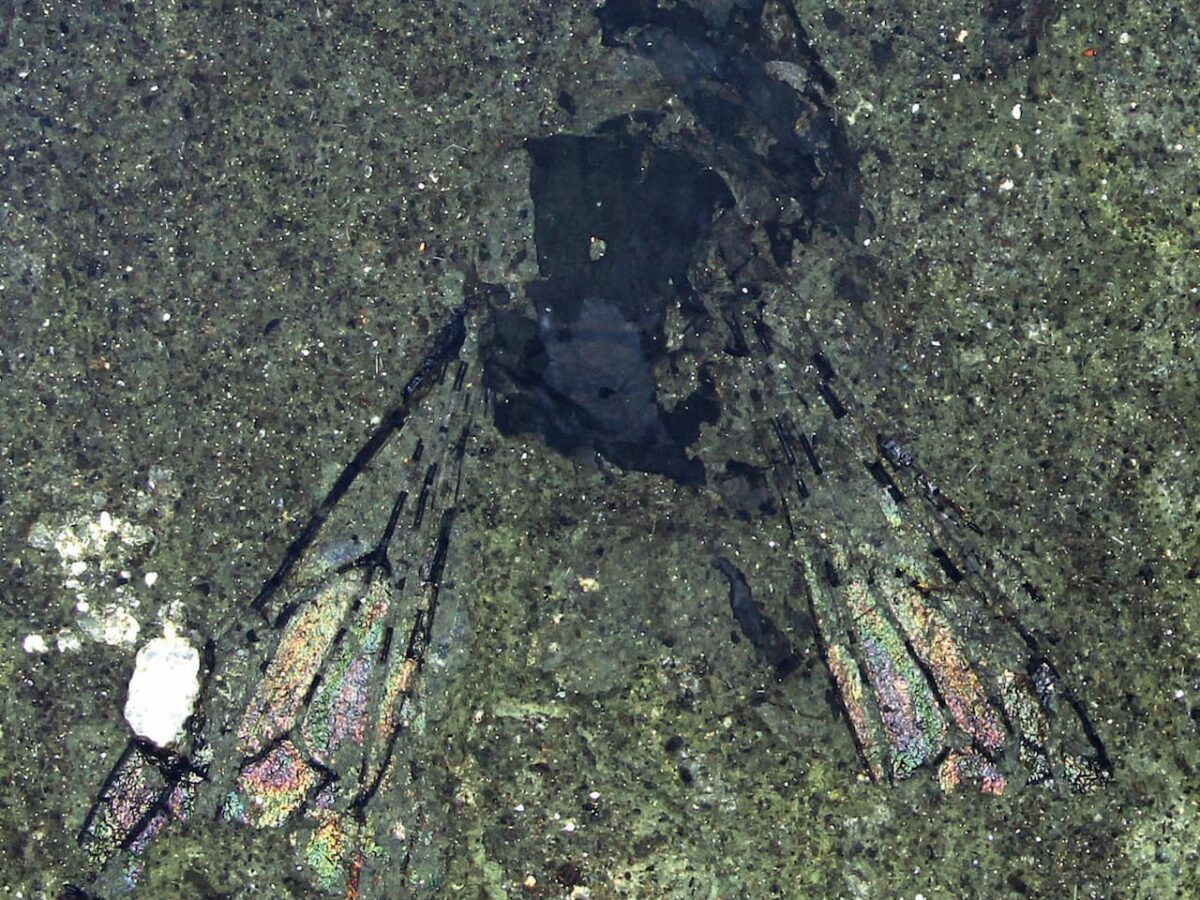
An unprecedented paleontological discovery has emerged from the depths of time in southern New Zealand. Researchers have recognized the primary bee fossil present in Zealandia, the traditional continent that’s…
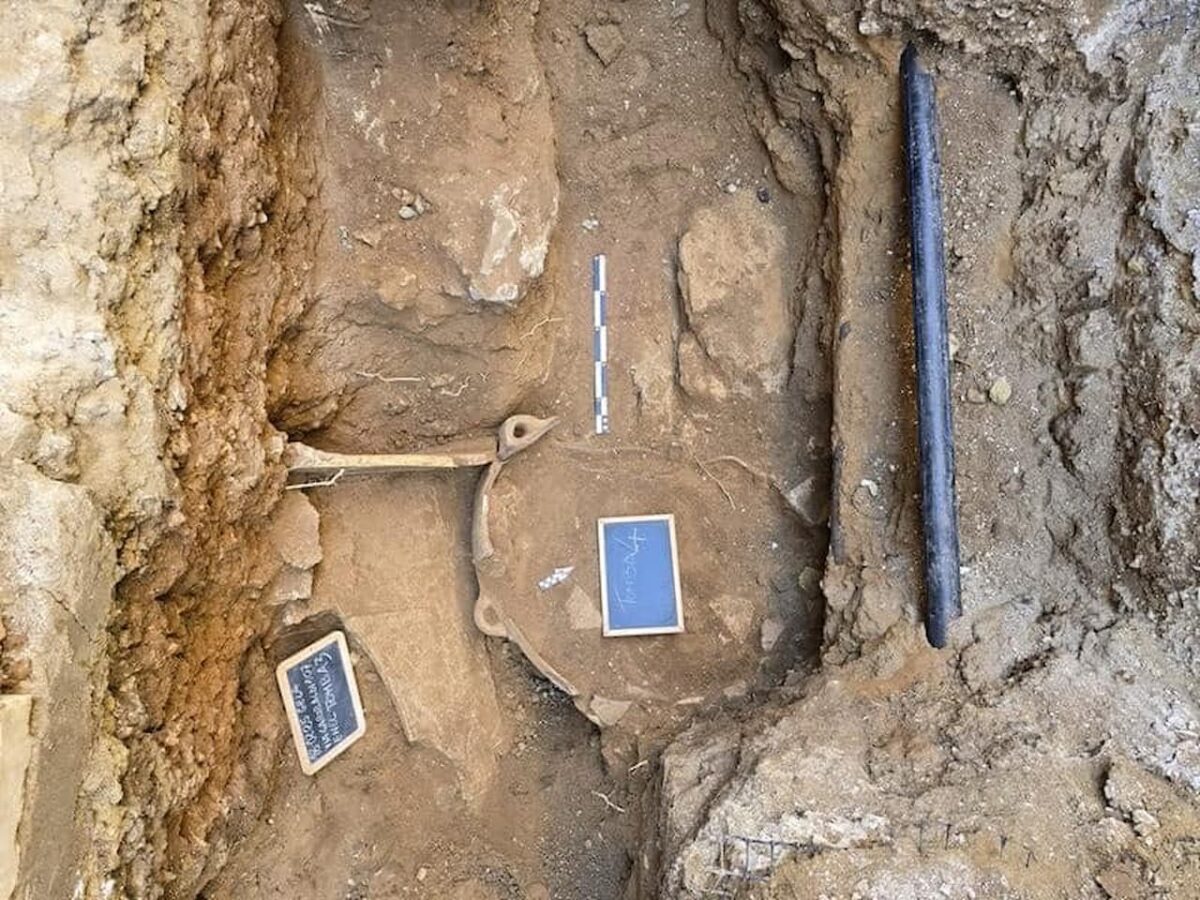
Town of Gela, in Sicily, as soon as once more surprises with an archaeological discover that provides new items to the complicated mosaic of its millennia-old historical past. Throughout excavations carried out by…
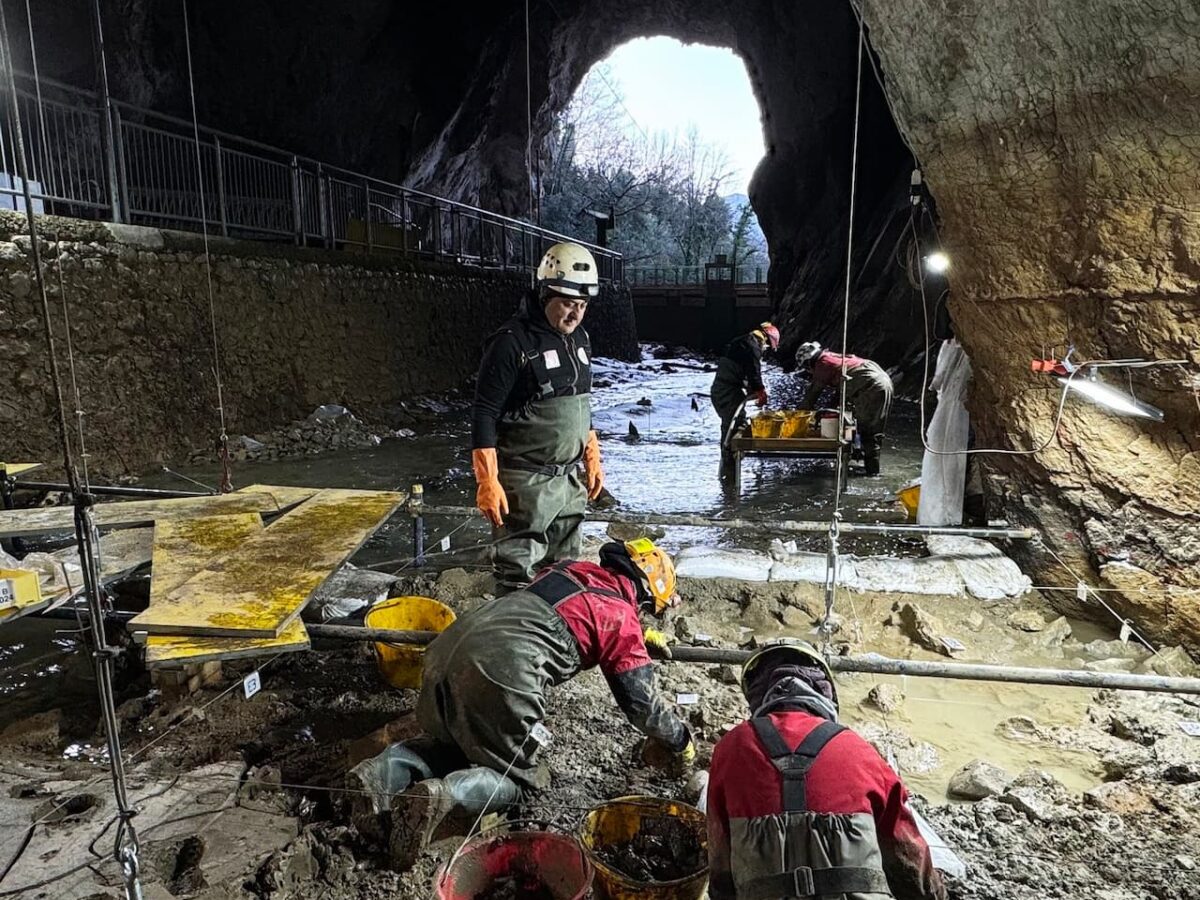
On February 12, the 2025 archaeological excavation marketing campaign on the Pertosa-Auletta Cave got here to an finish. This web site, of nice historic curiosity, is positioned within the Cilento, Vallo di Diano,…
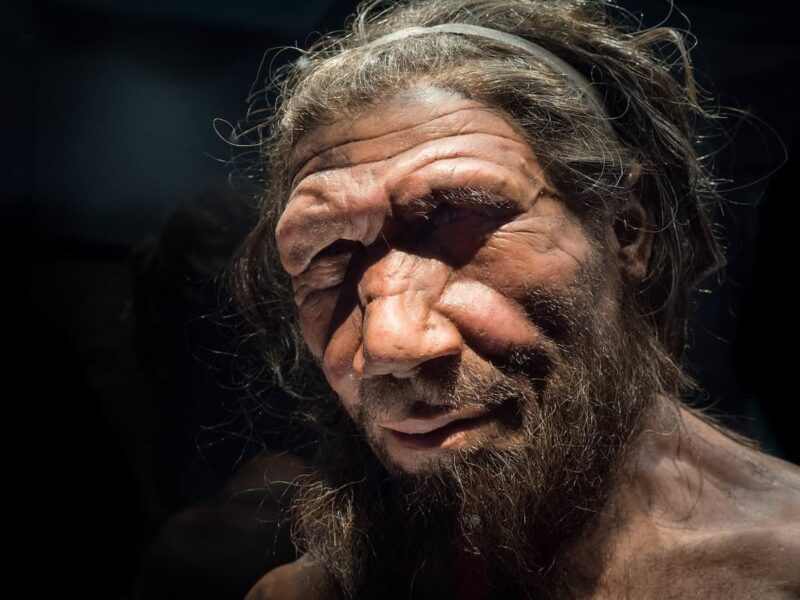
A latest examine on the anatomy of the internal ear of Neanderthals and their ancestors has forged doubt on the extensively accepted speculation that their lineage emerged following an occasion…
Load extra articles
One thing went improper. Please refresh the web page and/or attempt once more.
Source link : http://www.bing.com/news/apiclick.aspx?ref=FexRss&aid=&tid=67bd92c4ee2d45e6a0720368fdd47a2f&url=https%3A%2F%2Fwww.labrujulaverde.com%2Fen%2F2025%2F02%2Fresearchers-solve-the-mystery-of-the-origin-of-the-huns-who-devastated-europe-between-the-4th-and-6th-centuries-ad%2F&c=7069786849577944713&mkt=de-de
Writer :
Publish date : 2025-02-25 01:04:00
Copyright for syndicated content material belongs to the linked Source.
